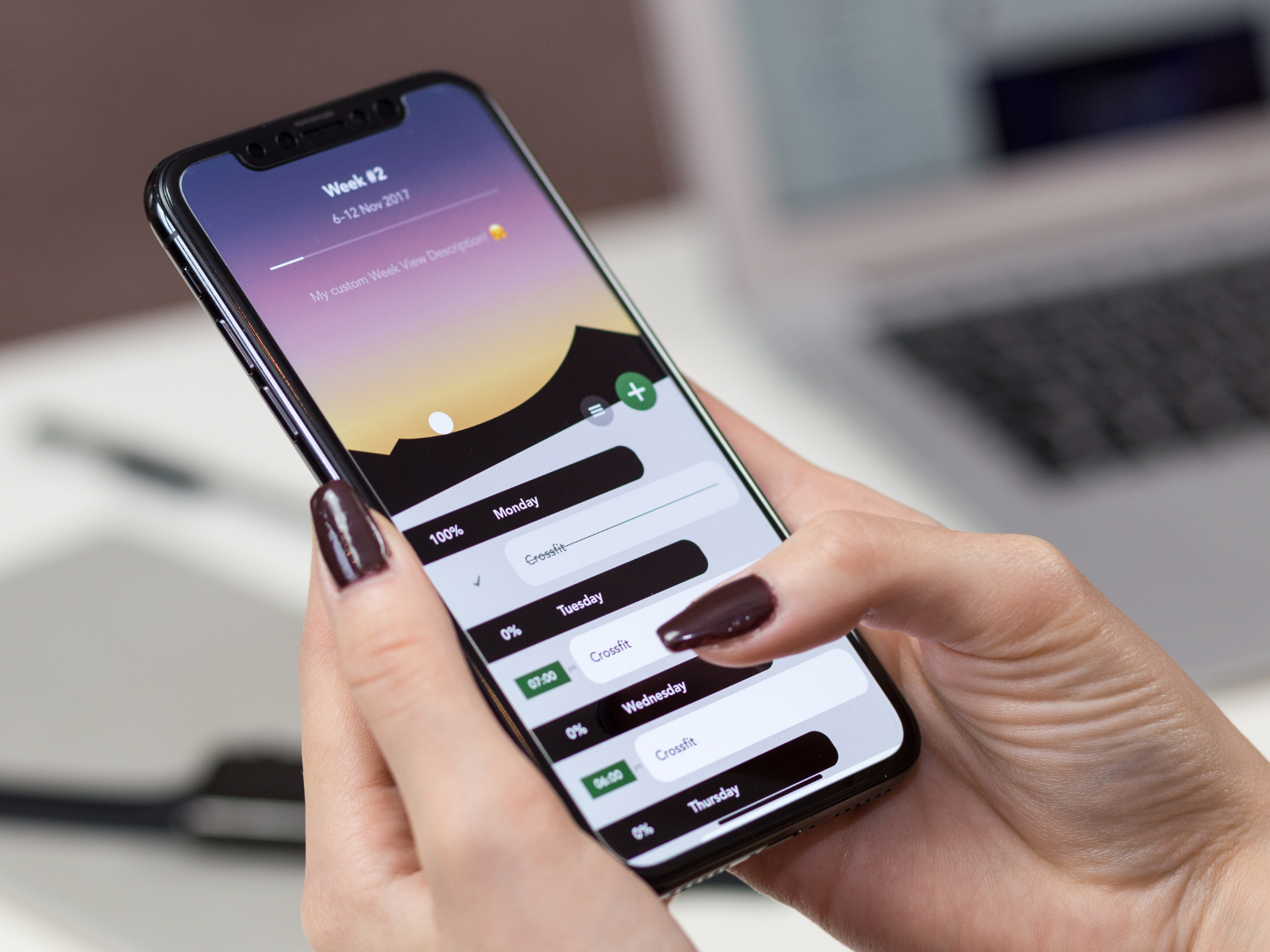Designing a User-Centric Mobile App: Best Practices and Tips
In today’s competitive app market, designing a user-centric mobile app is essential for success. User experience (UX) plays a crucial role in engaging and retaining users. By following best practices and implementing effective design strategies, you can create an app that delights users and sets you apart from the competition. In this blog post, we will explore some key considerations and provide valuable tips for designing a user-centric mobile app.
Understand Your Target Audience
Before diving into the design process, it’s crucial to understand your target audience. Conduct thorough user research to gain insights into their needs, preferences, and pain points. By understanding your users, you can create a design that caters specifically to their requirements, resulting in a more engaging experience.
Simplify Navigation
A mobile app should have an intuitive and user-friendly navigation system. Aim for simplicity by reducing the number of steps required to complete tasks. Use clear and concise labels for navigation elements, and consider incorporating familiar gestures for actions like swiping and tapping. Keep in mind that users appreciate an effortless and seamless navigation experience.
Focus on Visual Hierarchy
Visual hierarchy refers to the arrangement of elements on the screen to guide users’ attention. Use contrasting colors, font sizes, and spacing to establish a clear hierarchy of information. Important elements such as buttons or calls to action should stand out, while less important elements should be visually subdued. This helps users quickly understand and interact with your app.
Provide Feedback and Confirmation
Feedback is crucial to let users know that their actions have been recognized and understood. Provide immediate visual or haptic feedback when users interact with buttons or perform actions. Additionally, confirm critical actions, such as completing a purchase or submitting a form, to give users peace of mind and reduce any uncertainty they may have.
Ensure Responsive Design
With the variety of mobile devices available, your app must adapt to different screen sizes and resolutions. Implement responsive design principles to ensure your app looks and functions well across various devices. This includes utilizing flexible layouts, adaptive typography, and scalable images. By doing so, you can provide a consistent and enjoyable experience for all users.
Prioritize Performance Optimization
Mobile app performance is vital to user satisfaction. Slow loading times and laggy interactions can quickly frustrate users and lead to abandonment. Optimize your app’s performance by minimizing unnecessary animations, optimizing image sizes, and reducing network requests. Regularly test your app on different devices to ensure smooth performance across the board.
Incorporate User Feedback
Listening to user feedback is an excellent way to continuously improve your app’s user experience. Implement mechanisms within your app to encourage users to provide feedback, such as ratings, reviews, or feedback forms. Analyze this feedback and consider implementing the most relevant suggestions to enhance your app’s usability and functionality.
Designing a user-centric mobile app is crucial for attracting and retaining users in today’s competitive app market. By understanding your target audience, simplifying navigation, focusing on visual hierarchy, providing feedback, ensuring responsive design, optimizing performance, and incorporating user feedback, you can create an app that delights users and keeps them coming back. Remember, a seamless and enjoyable user experience is key to the success of your mobile app.
Author


